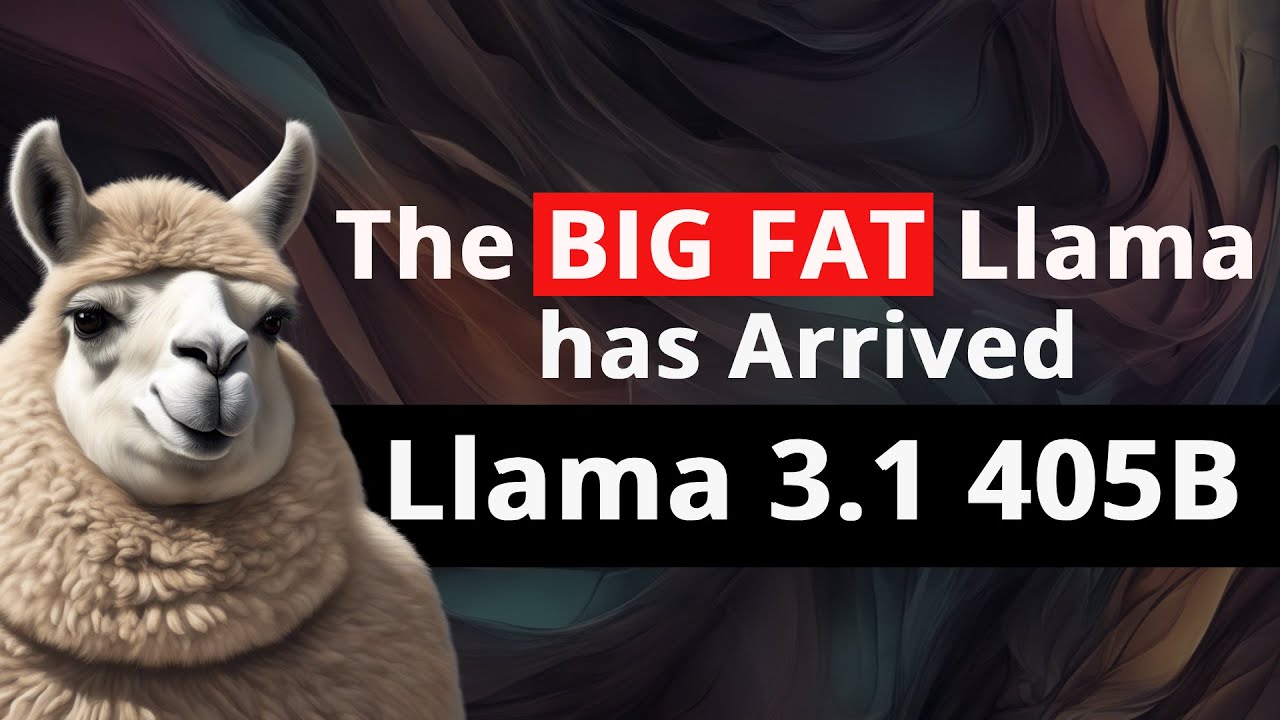Meta has launched Llama 3.1, featuring model updates including the new 405 billion version, with significant enhancements like a 128,000 token context window and improvements in reasoning and language capabilities. While it closely competes with GPT-4 in performance benchmarks, it also offers robust multilingual support and accessibility through platforms like Hugging Face and Groq, with plans for future multimodal capabilities.
Meta has launched Llama 3.1, which includes updates to its models: the 8 billion, 70 billion, and the new 405 billion versions. The primary enhancement across all these models is the expansion of the context window to 128,000 tokens. Meta has also implemented post-training techniques, supervised fine-tuning, instruction tuning, and distillation to improve performance. Additionally, they have partnered with major cloud providers like AWS, Nvidia, and Google to ensure widespread access to these models through cloud services.
Benchmark results show that while the Llama 3.1 models, particularly the 405 billion version, may not surpass GPT-4 outright, they perform exceptionally well, often coming in a close second. For instance, the 405 billion model scored 88.6 in the Zero-shot MMLU benchmark, just slightly behind GPT-4 Omni’s score of 88.7. In other benchmarks like GSM 8K, the 405 billion model achieved a score of 96.8, outperforming both GPT-4 and Claude 3.5 Sonnet. This indicates that Meta has invested considerable effort into enhancing reasoning, math, and coding capabilities through synthetic data during the fine-tuning process.
The multilingual capabilities of the new models are also noteworthy, with support for eight languages out of the box. The new tokenizer improves fine-tuning for additional languages, surpassing the performance of previous models such as Llama 2 and even some recent multilingual models. Human evaluation metrics show that while GPT-4 may have a slight edge, the Llama 3 models perform competitively, with the 405 billion version outperforming Claude Sonnet in several areas.
In terms of accessibility, users can run Llama 3.1 models through the Hugging Face transformers library or Groq’s platform. The Hugging Face library has been updated to accommodate the new models, allowing users to easily generate text and engage with the models. Users can experiment with different prompts and settings, revealing the models’ unique response styles and chain-of-thought processes. The Groq platform also offers a user-friendly interface for testing the models, particularly the 70 billion version, which has been noted for its responsiveness.
Looking ahead, Meta’s development team is working on integrating multimodal capabilities into Llama 3, enabling the models to process and recognize images, videos, and speech. Although these features are still under development, they promise to expand the functionality of Llama models significantly. Overall, the release of Llama 3.1 marks a substantial advancement in AI model capabilities, reflecting Meta’s dedication to improving language understanding and processing in various contexts.
